Building a House
1.The Houses in the Desert of Rajasthan Are Constructed Side-by-Side With Each Other. What Is the Reason Behind Such Construction?
- Rajasthan is a desert area. It is characterised by high intensity sunlight.
- Building houses side by side keeps the places away from direct sunlight due to shadows formed y adjacent houses.
- It helps to keep the houses cool.
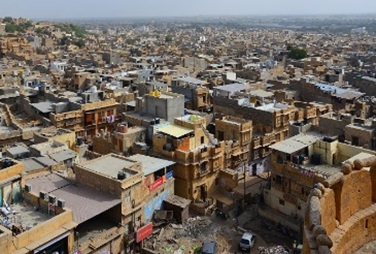
2.Why Is Framing So Important for Building Pukka Houses?
- The pukka houses are constructed using heavy materials such as bricks, concrete, metal rods, etc.
- It ensures the long life of the house. But such materials need proper support to remain in the same place throughout the life of a house.
- Proper framing guarantees that the materials used for the walls, roof, etc., will remain unaffected over a long period of time.
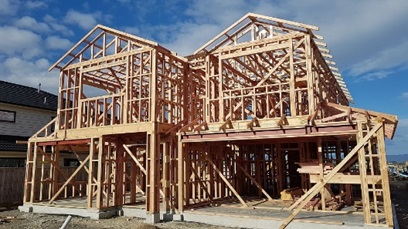
3.What Will Happen if the Desert Huts Are Constructed Using Bricks and Concrete Instead of Mud and Husk?
- Construction using bricks and concrete in deserts will consume more water, time and money.
- Such materials will keep the interior very hot for the whole day.
- The thick walls of mud and husk are easy to make and require less water, time and money and keep the temperature of the house lower comparatively.
4.Why Are the Inner Walls of the Buildings Kept Smooth While the Outer Walls Are Made Rough While Plastering?
- Plastering on the outer walls is thicker compared to inner plastering.
- Changing weather conditions from the outside can lead to cracks on the outside of the walls.
- Thicker and rough plastering can avoid cracks and does not require more waterproofing.
- Rough plastering on the walls reduces the noise from the outside.
- Plastering on the inner side of the walls is not exposed to weather conditions. So it is kept thin and smooth.
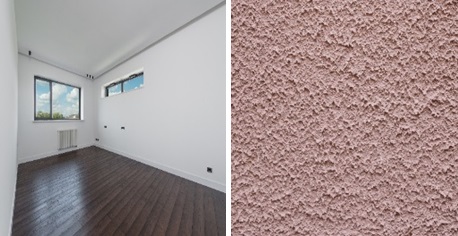
5.Why Do the Labourers Pour Lots of Water on Newly Constructed Houses?
- Pouring the water on cement constructions is called ‘curing’.
- Cement takes some time to settle and gets strong gradually.
- Loss of water due to sunlight from the construction can delay this and add cracks in the new building.
- So to avoid cracks and better stability of cemented parts, labourers pour lots of water on newly constructed houses.
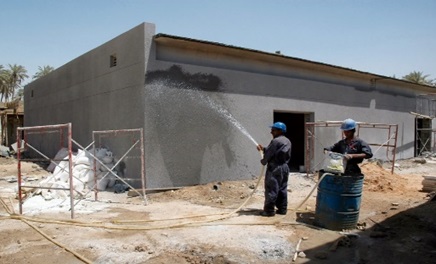
6.Most of the Office Buildings in the Cities Are Built Using Glass Walls. Why?
Glass walls are made for the following reasons:
- To make use of an ample amount of sunlight.
- To save energy used for artificial lighting.
- To make the interior livelier.
- To give an aesthetic look to the buildings.
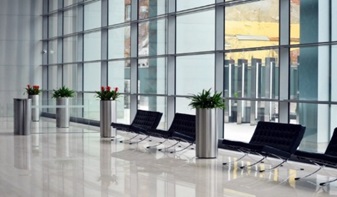
7.Japan Is Prone to Frequent Earthquakes. So, How Do They Protect Their Houses From Such Disasters?
- Japanese people mostly use wood, clay and paper to make their houses. These materials are lighter and would cause less damage during an earthquake.
- Such buildings are easy to repair or rebuild.
- Significant buildings are made using wood and concrete. The use of grids of steel beams evenly distributes shocks of earthquakes.
- They use shock-absorbing materials in their foundations to absorb shocks from earthquakes.
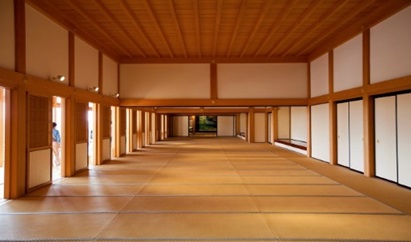
CBSE Schools In Popular Cities
- CBSE Schools in Bangalore
- CBSE Schools in Mumbai
- CBSE Schools in Pune
- CBSE Schools in Hyderabad
- CBSE Schools in Chennai
- CBSE Schools in Gurgaon
- CBSE Schools in Kolkata
- CBSE Schools in Indore
- CBSE Schools in Sonipat
- CBSE Schools in Delhi
- CBSE Schools in Rohtak
- CBSE Schools in Bhopal
- CBSE Schools in Aurangabad
- CBSE Schools in Jabalpur
- CBSE Schools in Jaipur
- CBSE Schools in Jodhpur
- CBSE Schools in Nagpur
- CBSE Schools in Ahmednagar
- CBSE School In Tumkur











